Porsche Macan facelift review, test drive
The mid-life facelift for the Macan isn’t revolutionary, but as we found out on a rainy day in Spain, there was little wrong with it to begin with.
Published on Jan 14, 2019 06:00:00 AM
26,630 Views
Follow us on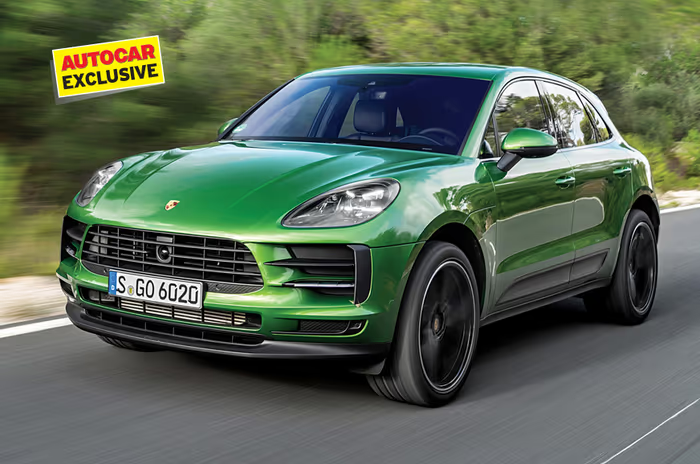
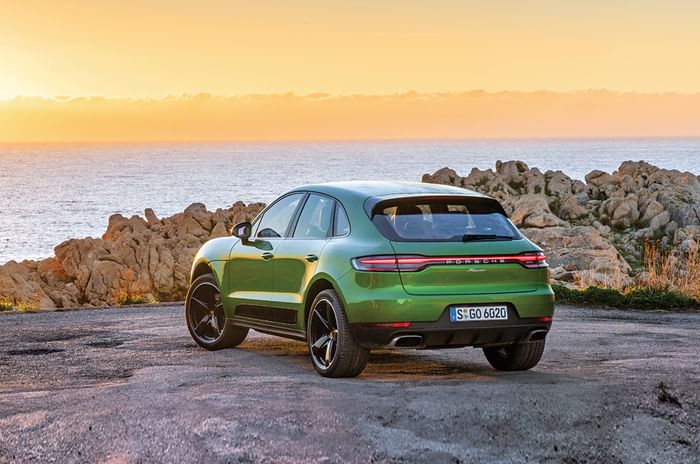
The back is what really looks different, thanks to an LED light bar that connects the tail-lamps, like the Cayenne.
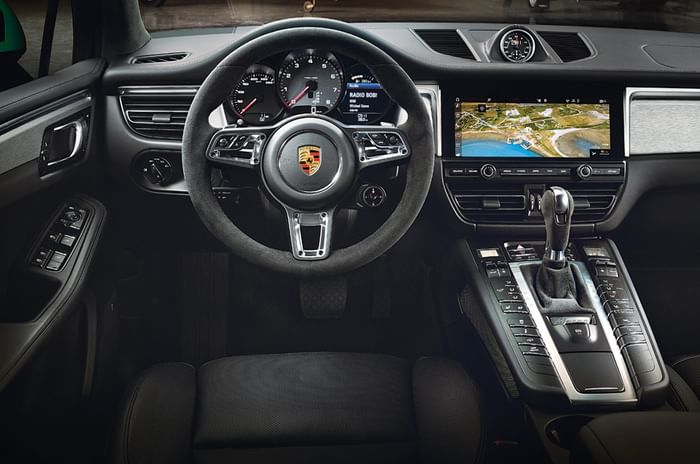
Quality is phenomenal as always.
The people from Porsche are peering out from under their umbrellas, annoyed. “You’d think planning an event in Mallorca would give us immunity from the rain,” one of them quips, and I kind of see where she’s coming from. Yes, it is autumn in Europe now, but thunderstorms are not what you’d expect on a Mediterranean island. If there’s a silver lining to these dark clouds, it’s that we probably won’t have to worry about the hundreds of cyclists that flock to this island regularly, and have the beautiful roads all to ourselves. Besides, you could do a lot worse than a grippy, four-wheel-drive SUV to put to the test in these conditions.
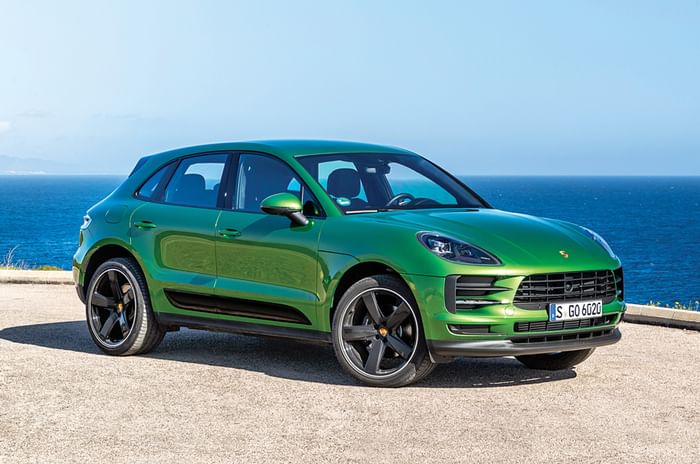
WHAT'S NEW?
A moment’s respite from the rain lets me dash out into the freezing beachfront parking lot and get my first, in-the-flesh look at the updated Macan. The cynic in me wants to point out how little has changed, and I’m not wrong. The overall shape is the same, of course, but unusually, the front and rear bumpers haven’t changed much and neither has the bonnet. The headlamps have moved from Bi-Xenons to adaptive Matrix full-LED units, which look really aggressive with the new Porsche ‘four dot’ DRL signature. Other changes include new wheel designs (up to 21 inches in size), customisable side-cladding strips and new paint shades – and, of course, I immediately throw my bags into this superb looking Mamba Green car to claim it as my own. It’s when I go around to the back of the car to do that, however, that I see the biggest change. The tailgate has been bifurcated by an LED strip that joins the tail-lamps – much like the Panamera, Cayenne, 718 and even the new 911, but slightly differently executed. I like it.
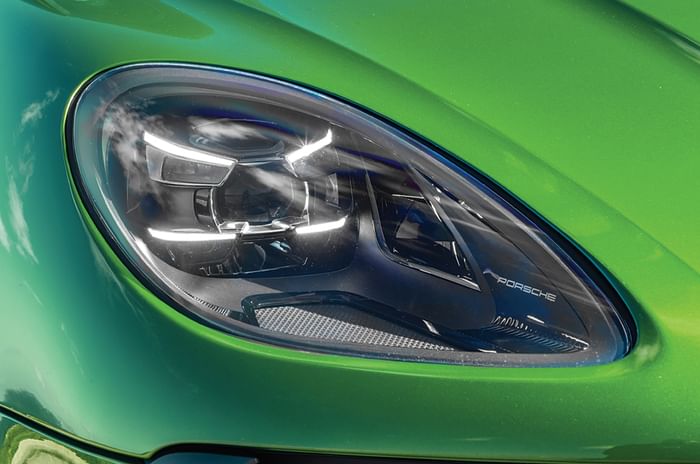
Admiration turns to mild panic in an instant, as another torrent suddenly splashes down, so I dart for the warmth of the heated driver’s seat. And, well, not much has changed in here either, but that’s the norm for a facelift – more on the outside than in. It is still a beautifully finished and solidly built cabin, with switchgear that clicks crisply and doors that shut with authority. Two columns of buttons cascade down on either side of the gear selector as before, although an engineer did tell me some of them have been interchanged as they have higher priority to the driver. You don’t get the touch-surface buttons like you do in the new Cayenne and Panamera, but frankly, I prefer the tactile familiarity of physical buttons.
| Porsche Macan Price, Mileage, Specifications, Features and Variants | |
|---|---|
| Brand | Porsche |
| Model Name | Macan |
| Porsche Macan Price | ₹ 1.11 crore |
| Porsche Macan Range/Mileage | NA |
| Porsche Macan Specifications | SUV | 5 doors | 5 seats View All Specs |
| Porsche Macan Features | LED headlight | 10.9-inch Touchscreen display | 6 airbags View All Features |
| Porsche Macan Variants | Petrol View All Variants |
But there’s one change in the cabin that was a bit trickier to execute than the rest. Since Porsche’s new infotainment system has moved to a wide-screen format, they had to fit a new wide-screen touchscreen, and it’s a big one at 10.9 inches. So big, in fact, that they had to throw out the Macan’s vertical AC vents – previously on either side of the old 7.2-inch screen – and add two entirely new ones beneath the screen. That couldn’t have been easy.
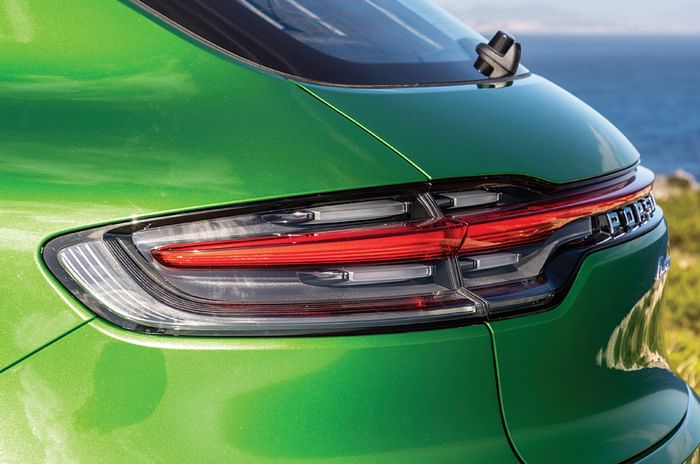
SPORTSCAR FOR FOUR
Also not easy is needling my way through downtown Mallorca’s combo of rush-hour traffic and
tricky one-ways in this weather. It’s not because of the car, of course, which in Comfort mode is as easy to drive as I remember the old one to be. There is a certain degree of heft to the way everything feels in a Porsche, any Porsche, especially when you compare it to rivals of a similar size and type. Compare the Macan to a Q5 or X3, for instance, and it’s not quite as light to steer, and the ride – though it’s on air suspension – does feel a little firmer.
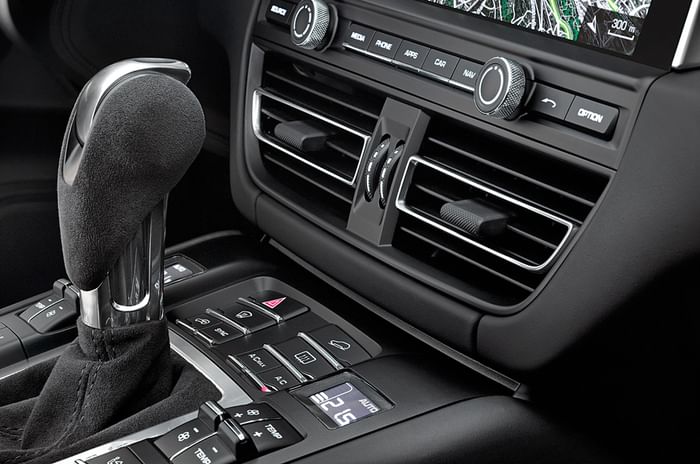
That small compromise comes good when you start to push harder. The Cayenne was always the benchmark for SUVs that handled well, but that was only until the Macan came along. And even though there’s a new Cayenne, now, the Macan still reigns supreme as the best driving SUV around. It’s so agile, it feels no more than a slightly taller hot hatchback to drive. And you have to remember, it’s based on the previous-gen Audi Q5, not the new one.
But it’s not all old-hat; there is a new engine. Porsche, as you may remember, has abandoned diesel entirely, so the all-petrol range starts with the 245hp, 2.0-litre, four-cylinder engine and will eventually go up to the Macan Turbo, powered by the 2.9-litre twin-turbo V6 from the Audi RS5. In between, however, is the Macan S, which gets the base Cayenne’s new 3.0-litre, single-turbo V6, putting out 354hp and 480Nm. It replaces the old twin-turbo 3.0 (which wasn’t sold in India), but is more powerful, and promises better responses thanks to the use of a twin-scroll turbo nestled within the cylinder banks. It certainly packs a solid punch, and I have to say, makes a much nicer noise than the four-cylinder motor, ricocheting off the mountain walls on the island’s hinterland. It’s not rumbly like a V8, nor is it buzzy like the in-line four; it’s something pleasantly in between.
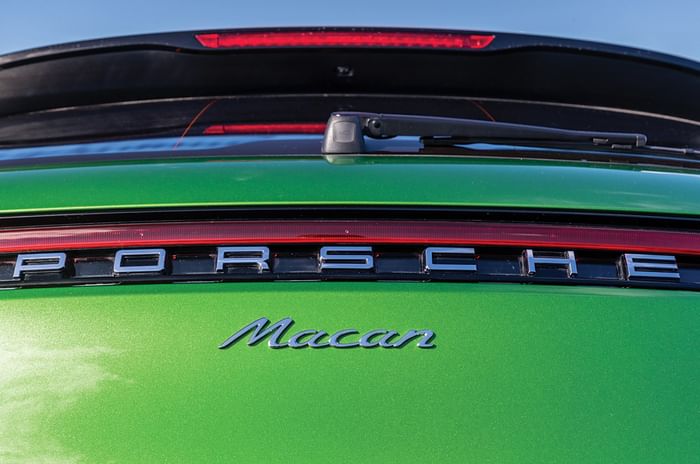
FUTURE PROOF
I’ve been enjoying the drive so much, weather and all, I haven’t realised how long I’ve been at it. It’s almost sundown as I park up at the hotel and scramble to my room to prepare for dinner. It’s at this dinner, talking to more people from Porsche, that I’m really getting a feel for what’s gone into this car. It is truly based on a platform that’s at the end of its life – as I mentioned earlier, Audi has already moved on to the next one – and that made it difficult to make any drastic changes, and moreover, to justify making them. They could have included digital dials, for instance, but it just wasn’t worth the re-engineering, and it’s the same reason they didn’t bother with the touch-sensitive buttons (it’s good to see they managed to put in that new touchscreen, then). Other things we’ve seen on newer Porsches – rear-wheel steering or a 48V-based electrical architecture with active-anti-roll bars – simply wouldn’t be possible on this platform.
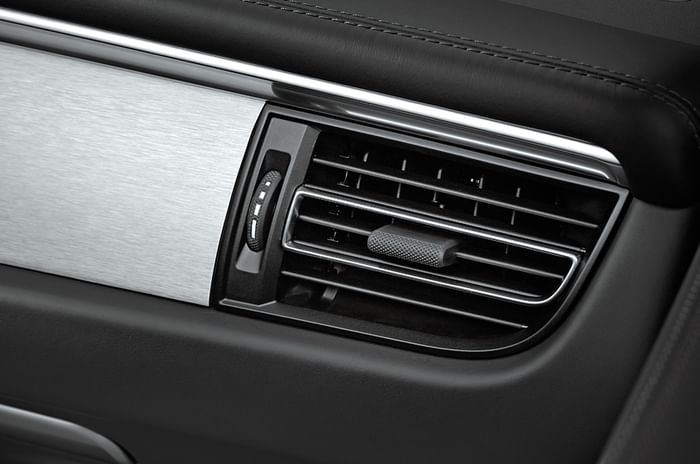
It’s also the reason they didn’t go ahead and engineer a hybrid version of this Macan – after all, with diesel being jettisoned firmly into the past, electrification is the path Porsche has chosen with all its other cars. But no; it’ll just have to wait for the next-generation car. Does this mean, then, that, just to have enough variety, we could get the new Macan S petrol in India? I sure hope so, because it’s a cracker of a motor. But it’s likely the 2.0-litre that’ll attract the most buyers with its knockout price (as it does today) and the eventual Turbo model that will get the petrolheads going.
It’s hard to complain about what wasn’t possible with the updated Macan, when there’s so much about it that’s right. With just the headlamps and tail-lamps, they’ve managed to give it a more menacing look. With a new touchscreen and a few tweaks, they’ve managed to make the interior feel more modern. And above all else, it’s still quite possibly the sharpest-handling SUV on the planet right now. I can’t wait to drive it on Indian roads, and with a launch scheduled for the latter part of 2019, anticipation levels are certainly going to be through the roof.
Tech Specs 
Copyright (c) Autocar India. All rights reserved.


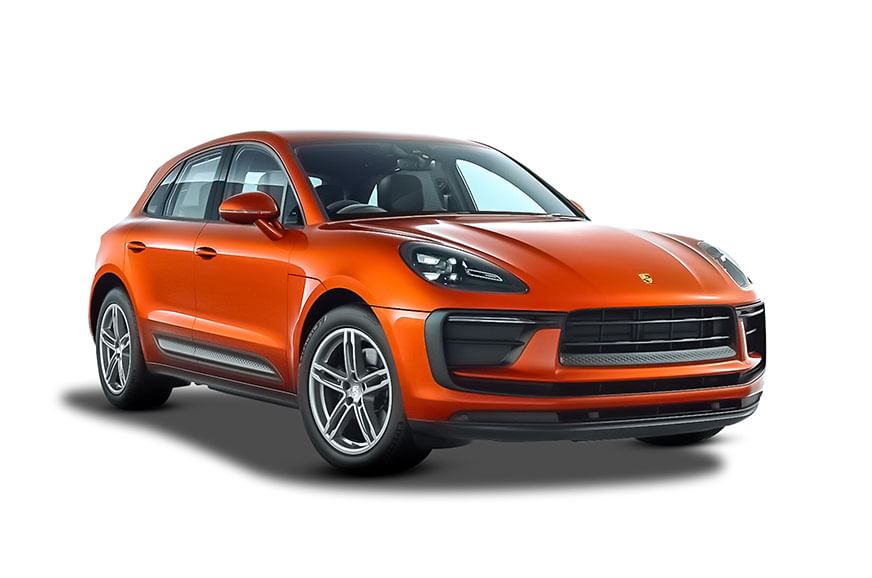








 Price
Price Engine
Engine Transmission
Transmission Acceleration
Acceleration Body
Body Dimensions
Dimensions
Comments
Member Login
Personal Details
No comments yet. Be the first to comment.